Description
Informations Sur Le Produit
The Pharmacoll® product line represents a gelatine free hydrocolloid wound dressing that convert into a gel when in contact with wound fluid. The moist wound environment created under the dressing speeds the natural healing process, reduces pain, and protects against bacterial and other external contaminants.
Pharmacoll® Comfort Plus is a tapered edges hydrocolloid wound dressing with semi permeable, bacteria-proof, virus-proof and waterproof polyurethane backing material.
- Adhere to both dry and moist skin surfaces.
- Deliver gentle and secure adhesion that does not irritate the skin.
- Have fluid absorption capacity that is adjustable based on adhesive formula.
- Provide barrier properties to external contaminants with secure adhesion to skin.
- Are flexible and conformable and mold to difficult anatomical contours.
- Cushion effect.
- Latex free.
- Tapered edge minimizes bunching and rolling up extending wear time and lowering treatment cost.
- A tapered hydrocolloid dressing is thin at the edges and thicker in the center. Because of its thin edges, tape is not required and the dressing is more flexible and conformable.
- Pharmacoll® dressings are indicated to be used in:
- Partial- and full-thickness dermal ulcers.
- Pressure, Leg and Diabetic ulcers.
- Burns (First and Second Degrees).
- Skin Donor sites and Skin grafts.
- Superficial wounds/minor abrasions.
- Protection of fragile skin or areas exposed to friction such as elbows, heels or the sacral area.
- Ostomy wounds to protect the skin from stomal effluent.
- Pansements post-opératoires pour la protection de la ligne de suture.
- Infants Diaper rash.
Don’t use on patient with known sensitivity to the product or any of its components specially Polyisobutenes and Carboxymethylcellulose.
1- Discoloration and bulging of the dressing indicate it should be changed
2- Wounds showing clinical signs of infection (temperature, pus, inflammatory signs) should be treated
under medical control before resume using of the dressing
The dressing change interval is determined by the treating physician based on wound condition, degree of exudate and possible primary dressing, after 5-7 days at the latest.
The dressing must be changed if there is severe blistering extending beyond the wound surface.
When Pharmacoll® dressing comes into contact with wound exudates, the hydrocolloid swells and forms a gel that
covers the wound and maintains moisture. This gel continues absorbing the wound fluid and minimizes adherence
to the wound. When the dressing is changed, the wound stays protected by a film of gel.
- Clean wound area.
- Evaluate the wound and select the dressing size to allow 2.5 cm (1 inch) of the hydrocolloid adhesive to extend beyond the wound edge.
- Open the pouch and handle the dressing using gloves/forceps.
- Retirez la pellicule protectrice du pansement.
- Centrez le pansement sur la plaie et la zone péri-lésionnelle, puis appuyez doucement sur le côté adhésif du pansement.Centrez le pansement sur la plaie et la zone péri-lésionnelle, puis appuyez doucement sur le côté adhésif du pansement.
- Des précautions doivent être prises pour éviter d'étirer inutilement le pansement, ce qui peut entraîner un traumatisme mécanique de la plaie et de la peau environnante.
- Retirez le cadre du pansement, en commençant par le haut et en descendant. Renforcez et lissez la bordure du film du centre vers l'extérieur. Continuez sur un côté en terminant par l'encoche. Répétez le processus de l'autre côté jusqu'à ce que toutes les sections du cadre soient supprimées. "En cas de Pharmacoll® Comfort and Pharmacoll® Comfort Plus “.
Retrait du pansement :
- Soulevez délicatement les bords du pansement (ou le bord du film) tout en appuyant sur la peau
- Continuer de décoller les bords jusqu’à ce qu’ils soient tous détachés de la surface de la peau.
- Décoller le grand rabat du revêtement de protection. Appliquer sur le centre de la zone concernée.
- Retirez délicatement le pansement puis repliez-le sur lui-même en tirant délicatement dans le sens de la pousse des poils.
- Alternativement, étirer le pansement horizontalement et le soulever facilitera également le retrait dans la plupart des situations.
- Jeter le pansement dans la poubelle de recyclage adaptée.
À quelle fréquence changer le pansement :
- Le pansement doit rester en place le plus longtemps possible.
- Si des fuites sont détectées, le pansement doit être changé immédiatement.
- Change the dressing when maximum absorption has been reached.



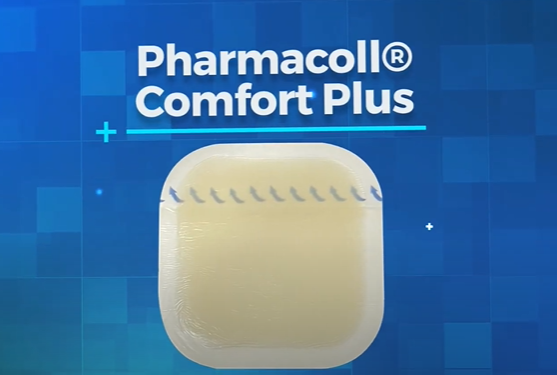
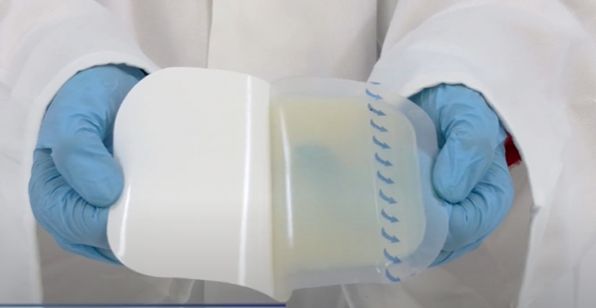
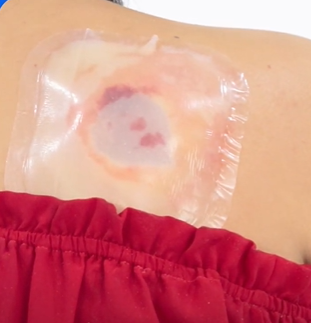
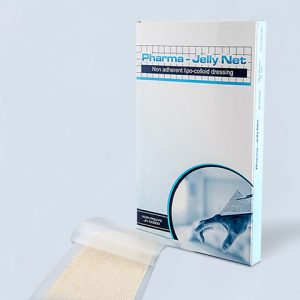

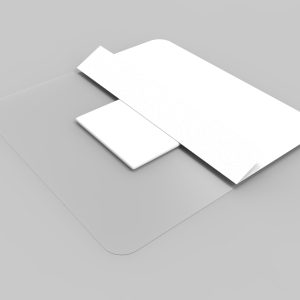
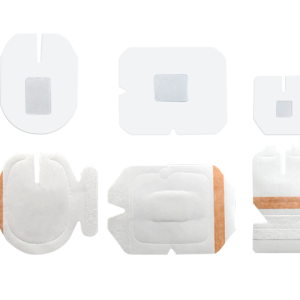
Avis
Il n’y a pas encore d’avis.